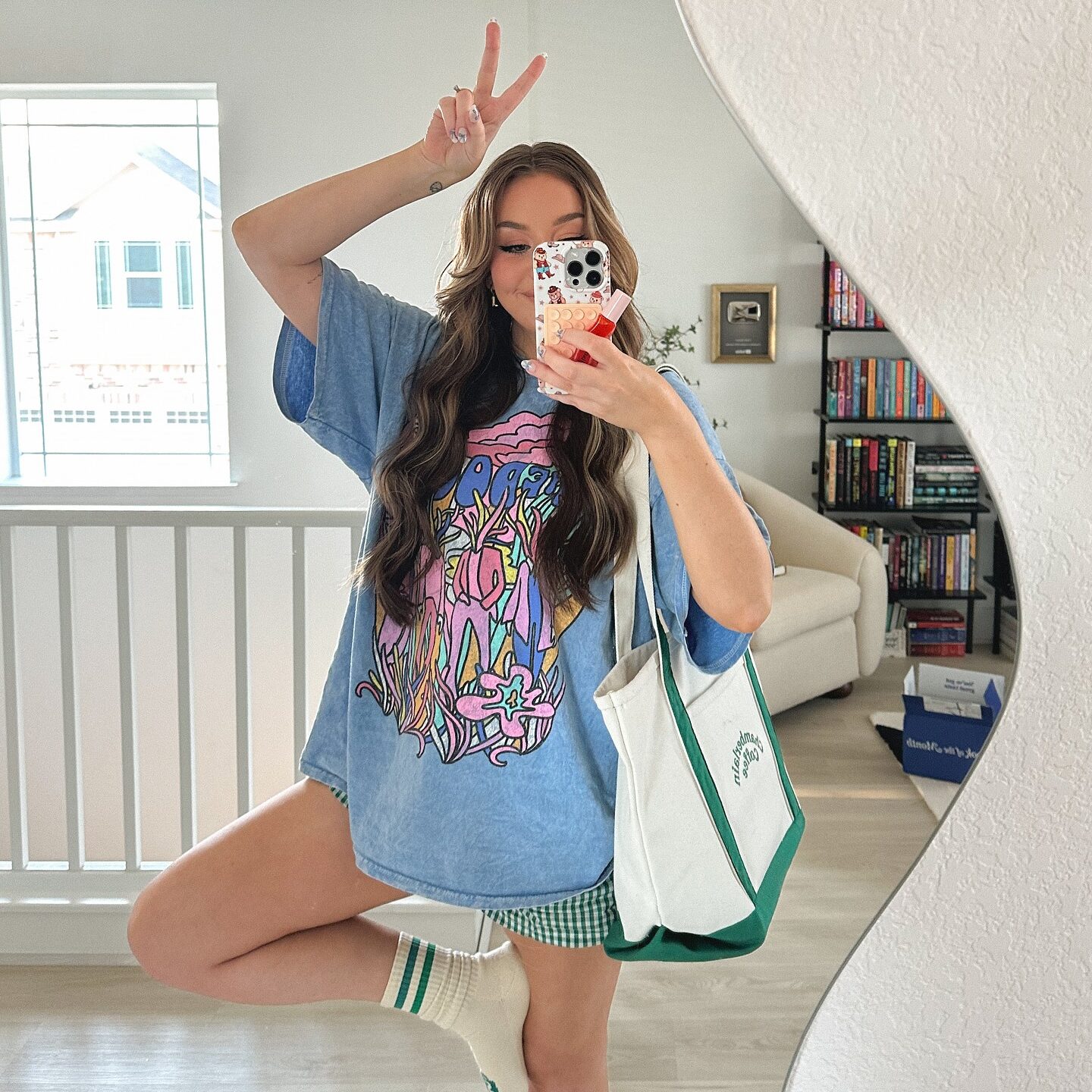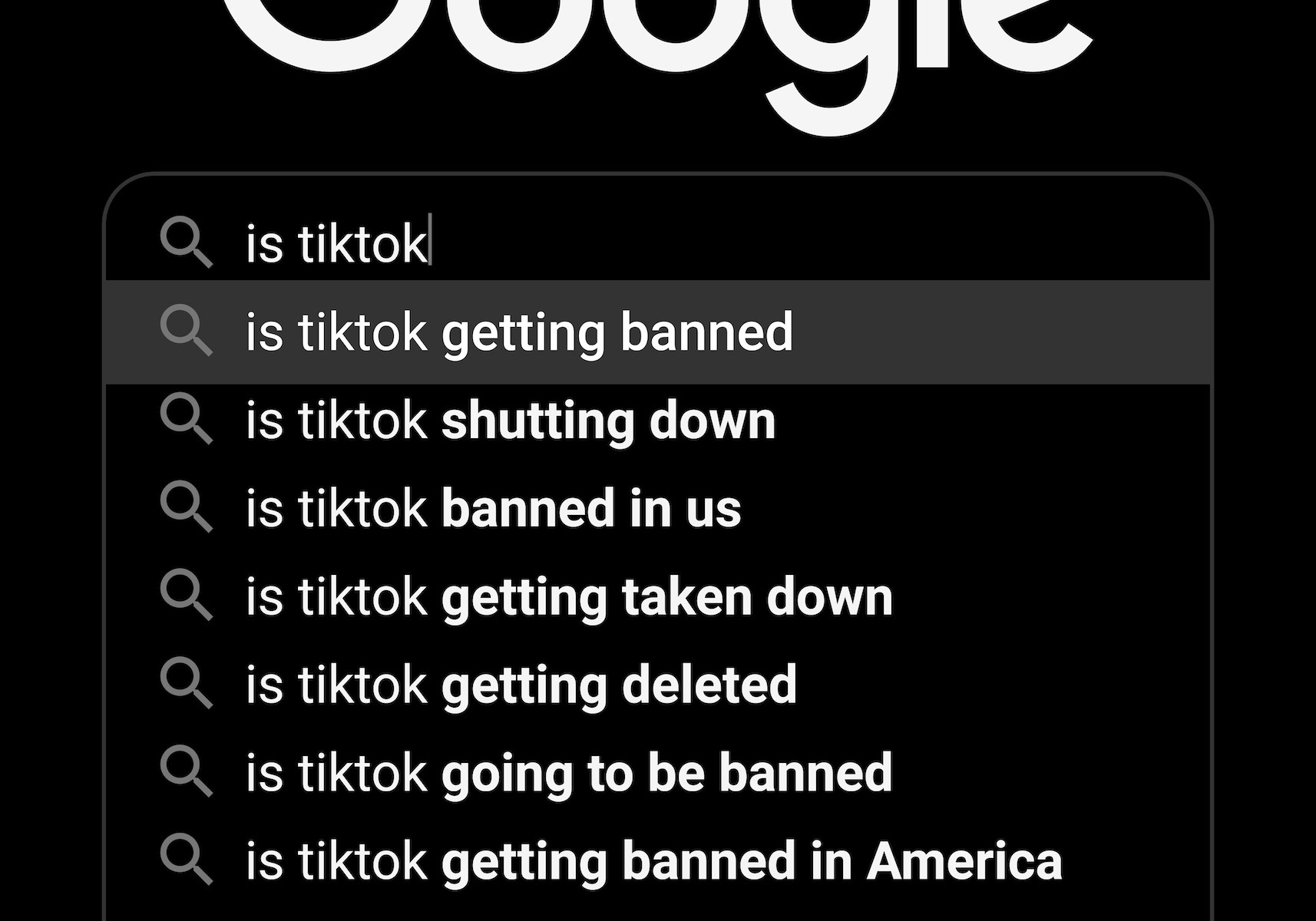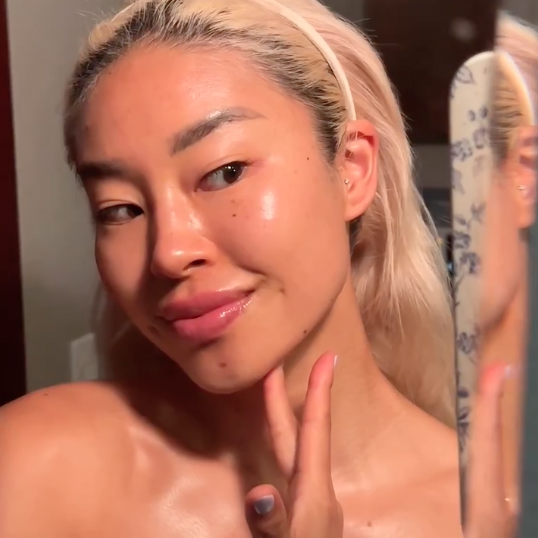Influencer campaign contracts: a time-consuming yet vitally important part of the campaign process.
We know, contracts are no one’s favorite part of the campaign process, but they’re detailed and necessary for a reason. Contracts set expectations for all parties involved in the campaign, from what type of content is required to when and how an influencer will be paid for their services.
A contract that is too short or missing crucial information can lead to disappointment and frustration further down the road of the campaign process. A clear and detailed contract assumes nothing and outlines all expectations and processes so no one is left in the dark about a partnership’s requirements.
Here are the basics:
Disclaimer: Nothing in this post is intended to be construed as legal advice. If you need assistance with any of the issues identified in this post, we recommend you consult with an attorney in your area.
Do influencer campaigns really need contracts?
Yes! Contracts protect the influencer, brand, and any other party involved in the campaign. Even if it’s just a one-off Instagram Story post, creating a contract with clear guidelines and legal verbiage protects all parties involved.
What should be included in an influencer campaign contract?
Scope of work:
What is being asked of the influencer for this campaign? This should outline how many posts the influencer is expected to post over the course of the partnership, which platforms they need to post on, and so on.
Pro tip: if the campaign requires Instagram Story content, specify how many slides of Stories are required! We can’t tell you how many times we’ve had to clarify what counts as “1 Story” with clients.
Creative guidelines:
This is where all the photo, caption, and/or video requirements are outlined. Include talking points, image requirements, required hashtags, example content, and do’s and don’ts of campaign content. Providing clear creative direction for influencers to refer to will minimize back and forth on approving content and give all parties involved a clear understanding of what the brand is looking for with influencer creative.
Approval process:
How does the influencer go about submitting their content for approval? Is there a limit to how many times the influencer can be asked to reshoot content?
Campaign timeline:
This should include not only posting dates but also approval deadlines.
Payment terms:
How will the influencer be paid, how much will they receive for the project, and when will they receive payment? This section should clearly answer all 3 of these questions.
Content usage:
If the brand would like to use the influencer’s content for brand-owned channels and materials, it is important to outline precisely where and for how long the brand will be utilizing the influencer’s content. An influencer should never be surprised to see their content on brand materials.
Note: usage may increase an influencer’s rate.
Exclusivity terms:
It’s understandable that a brand would not want an influencer talking about a direct brand competitor in close proximity to a campaign going live. This section is a great place to outline any exclusivity details. It should be noted that the broader and longer an exclusivity term is, the more an influencer is likely to charge. When you can, get specific about your content category. For example, ask for exclusivity in the “shampoo” category as opposed to exclusivity in the “beauty” category.
Indemnification and liability limitations:
Both the brand and influencer take on new legal risks when associating with each other publicly. Indemnification provisions (which can get fairly technical) ensure that both parties are going to take responsibility for any issues they might have caused for the other party as part of the campaign. They also minimize the amount of legal exposure both parties might otherwise have.
Cancellation policy:
Marketing plans can change for any number of reasons, and after 2020, we became especially aware of how important it is to keep in a cancellation policy should circumstances around the campaign change.
FTC disclosure requirements:
The Federal Trade Commission requires brand partnerships to be clearly and transparently disclosed, so it’s good to have a reminder of what you require influencers to include in their disclosures.
For more information on what does and what the FTC considers a proper disclosure, check out our article here.
Confidentiality:
When working on a campaign, it’s possible that confidential information will be shared between the brand and influencer. A confidentiality paragraph will ensure that items like the influencer’s rates or the brand’s trade secrets are kept confidential.
What are the biggest mistakes when it comes to contracting?
Omitting details and requirements:
Essentially, the more details the better when it comes to influencer contracts. The biggest issues with influencer campaigns often arise out of lack of communication or expecting influencers to just know things, even if they aren’t explicitly stated.
Expecting exclusivity:
While a lot of influencers will try to limit the partnerships they accept in certain categories, unless exclusivity terms are clearly outlined in a contract, you cannot expect an influencer to know that they aren’t “supposed” to be posting about other brands or competitors.
What’s the biggest influencer campaign contract red flag?
Asking influencers to NOT disclose paid partnerships. This violates FTC guidelines and can lead to penalties and other legal actions. Not to mention, it just feels shady.







